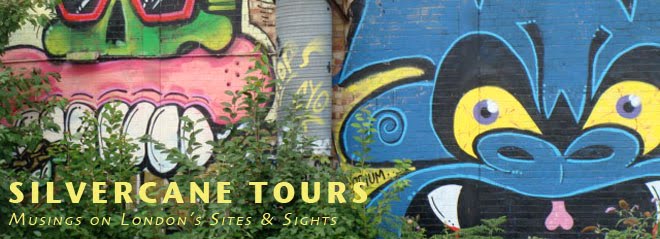July 27th held a nostalgic frisson for many BBTGs. Three years ago Danny Boyle’s diorama of all things British upped the ante for Olympic Opening Ceremonies. Rio, on the other side of the equator, now has one year to go.
At this time of
year the Queen Elizabeth Olympic Park is looking its best, with the gardens
timed to bloom for the end of July/early August to coincide with the
27/7/12. The Park itself is a success, the
major venues busy with both elite and local sport, and homes, offices and
retail covering the last of the spaces once reserved for corporate pavilions.
The arrival of Olympicopolis with Sadlers Wells, the V&A and the
Smythsonian on the old Water Polo site will further boost footfall and cultural
cred. Mind as well as body, as it says on the Olympic label. The only
underachiever seems to be the Orbit, so expect to see entrances fees come
hurdy-gurding down – and the addition to the structure of a physical slide.
For all this we
BBTGs can take a bow, as our presence with walks and coach tours from 2008
helped solidify pre-Games interest.
Surrounding the
Park, the seven Olympic boroughs are now four years into a 20 year programme to
harmonise with the rest of London in terms of giving ‘life chances’ to residents.
Newham at the heart of it all has long been notorious for importing poverty and
exporting wealth; as soon as locals get on, they get out. But recent surveys
are indicating that this may be slowing down; (Manor Park and Forest Hill to the
north of the borough have the highest house price inflation in London). Is the
slow down just due to more affluent people moving into the borough, or to long
standing locals enjoying improved living conditions? The figures are
inconclusive.
Will it be worth
flying down to Rio? Rio’s core Olympic area, Barra da Tijuca, is under a forest
of swinging cranes. The rowing lake at Rodrigo de Freitas is now getting its
spectator seating. The Opening Ceremony
will be 5/8/16. Rio will have 45,000 volunteers, 15,000 athletes and Mayor Eduardo
Paes is using the 31st Olympiad to supercharge Rio’s development. Unlike the World Cup stadia, many Olympic
venues are being built by private businesses which will sell and operate the
venues after the Games. This may help explain the budget of £7.9bn, slightly lower
than London’s £9.3bn.
Local residents
are ambivalent. In the Vila Autodromo many have taken compensation and the
offer of re-housing and departed, but cynics say developers will use this area
adjacent to the Barra for high value private residences post Games. Golf is
back at the Olympics, and a new course is being built – rather than use one of
the city’s two existing courses. The environmentally sensitive Marapendi
reserve, home to rare butterflies and pines found nowhere else in the world, is
being reshaped. The developers claim they are only using land already degraded
by illegal sand mining.
The city is
expecting 500,000 extra visitors during the Games and extra police drafted in, having
been given English and Spanish lessons. Former middle distance Olympian Abberto
Guimaraes, Rio’s Seb Coe, says Brazil doesn’t have the formality of the UK or
the culture and history of China, so ROCOG plans to add fun and spectacle
during breaks in competitions. Infrastructure projects, the redevelopment of
the port area and the boost in property prices are all a turning point for Rio.
Without the Games, says Abberto, it would have taken 30 years.










